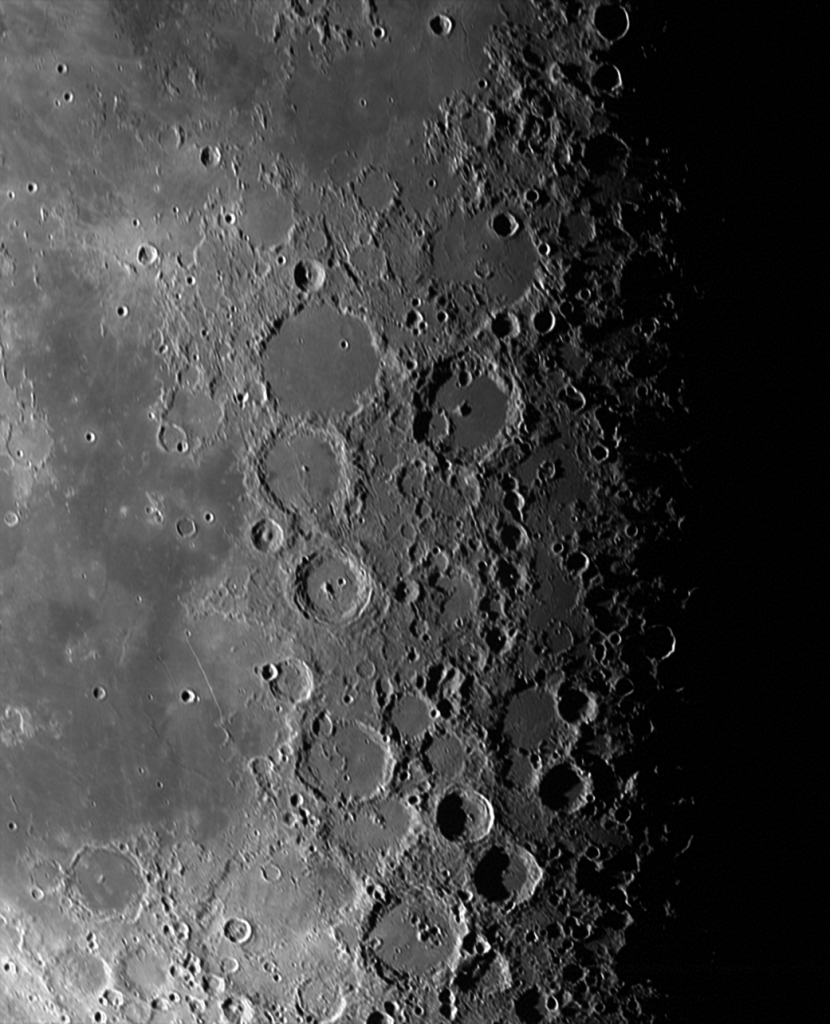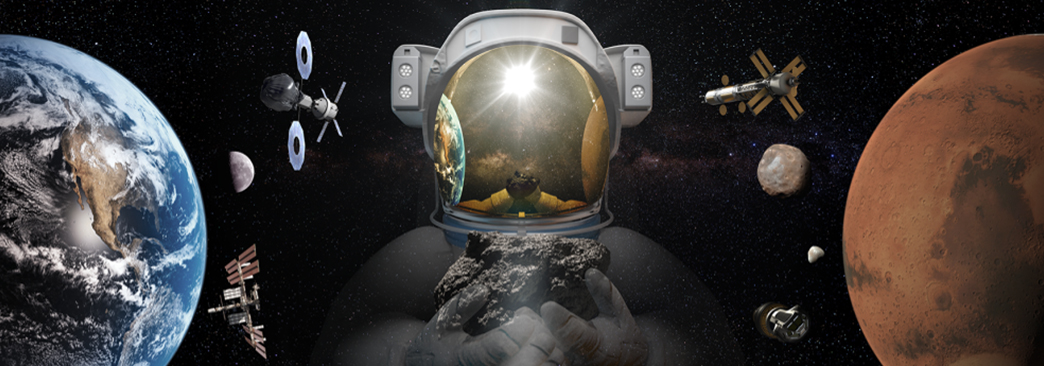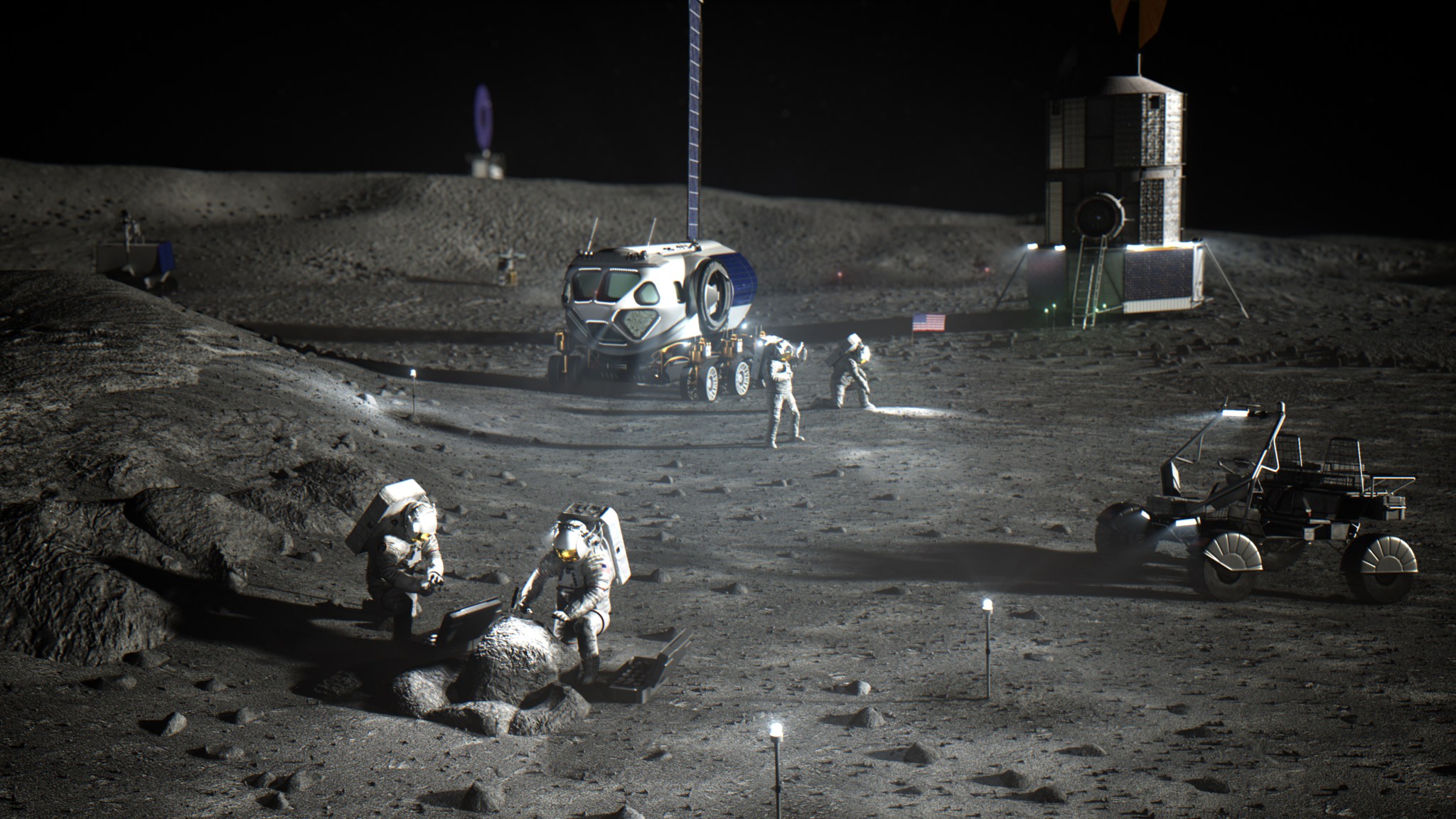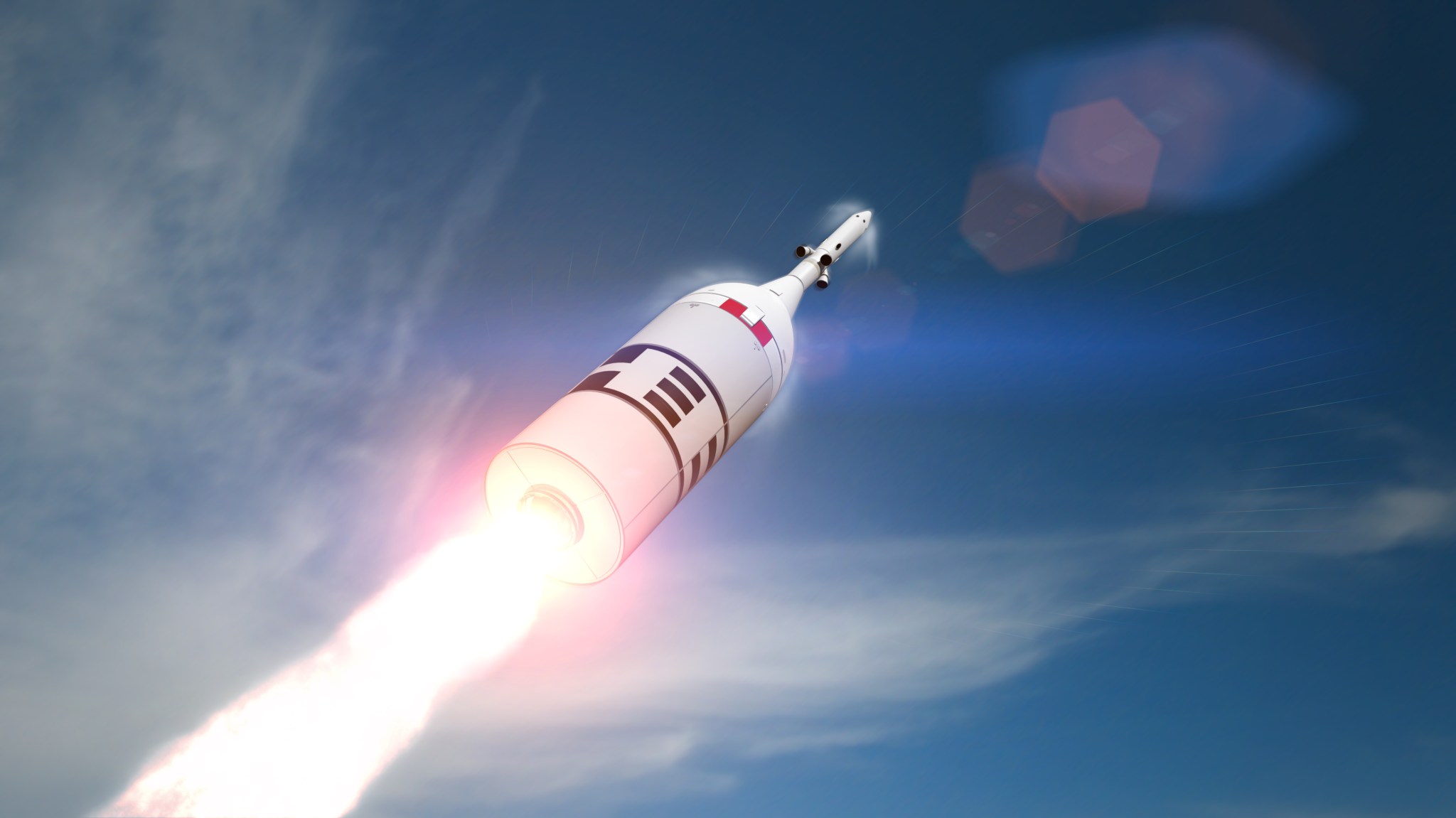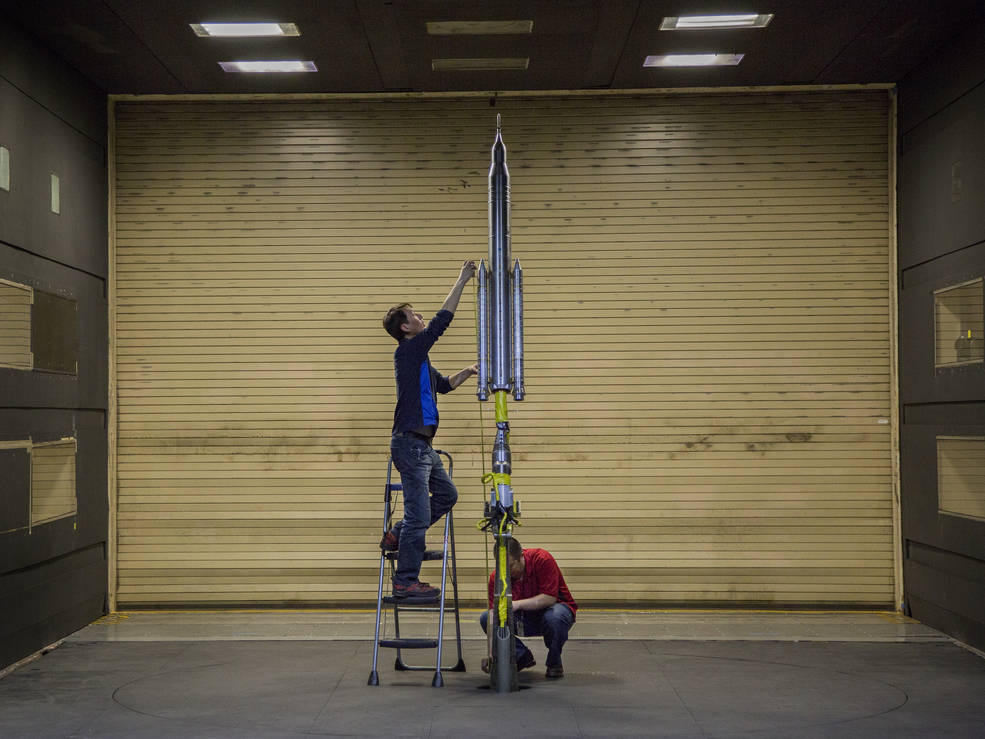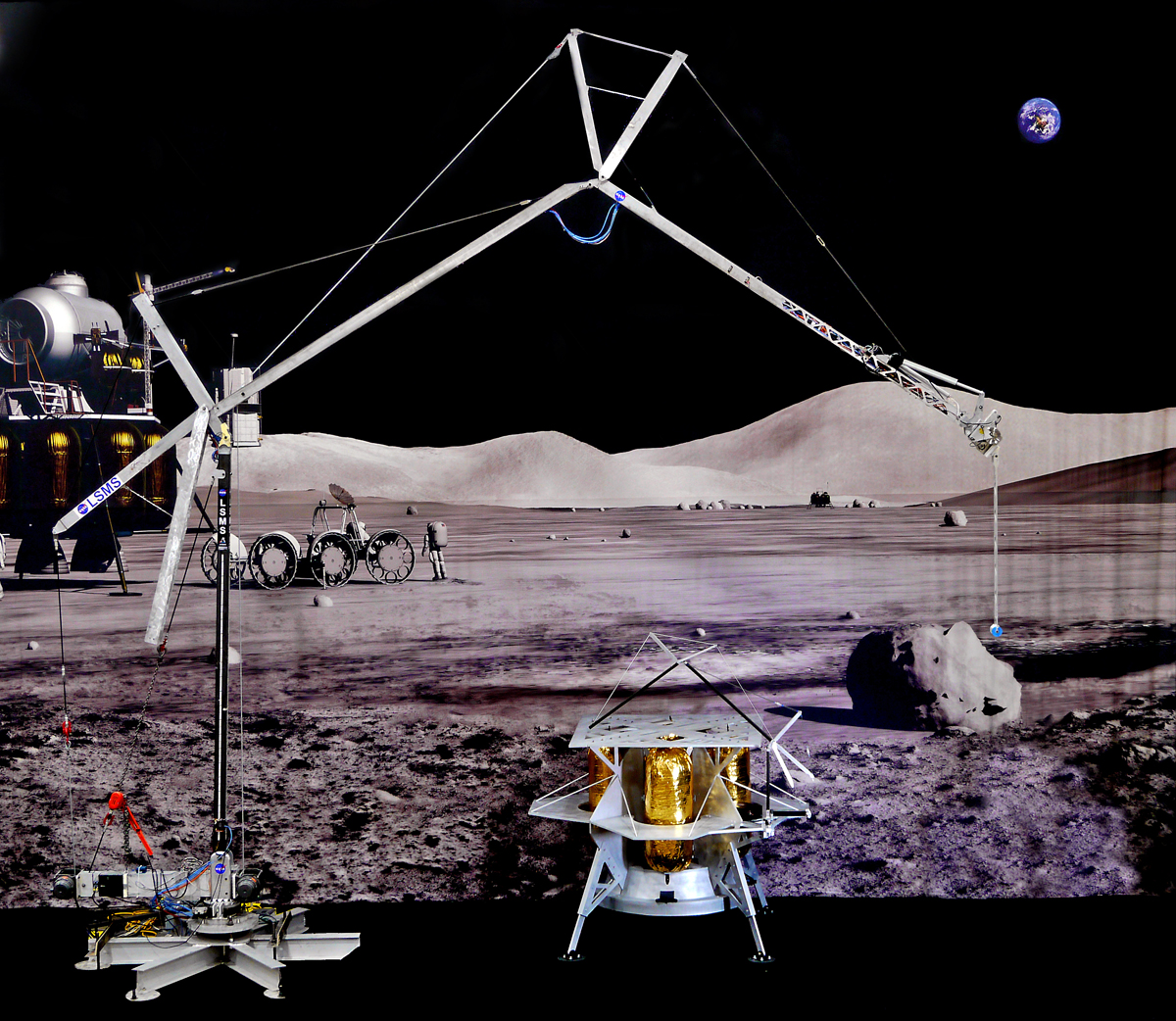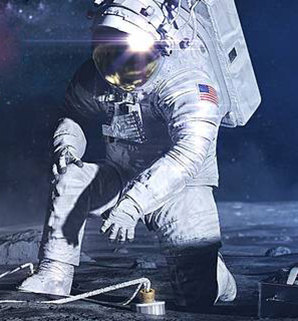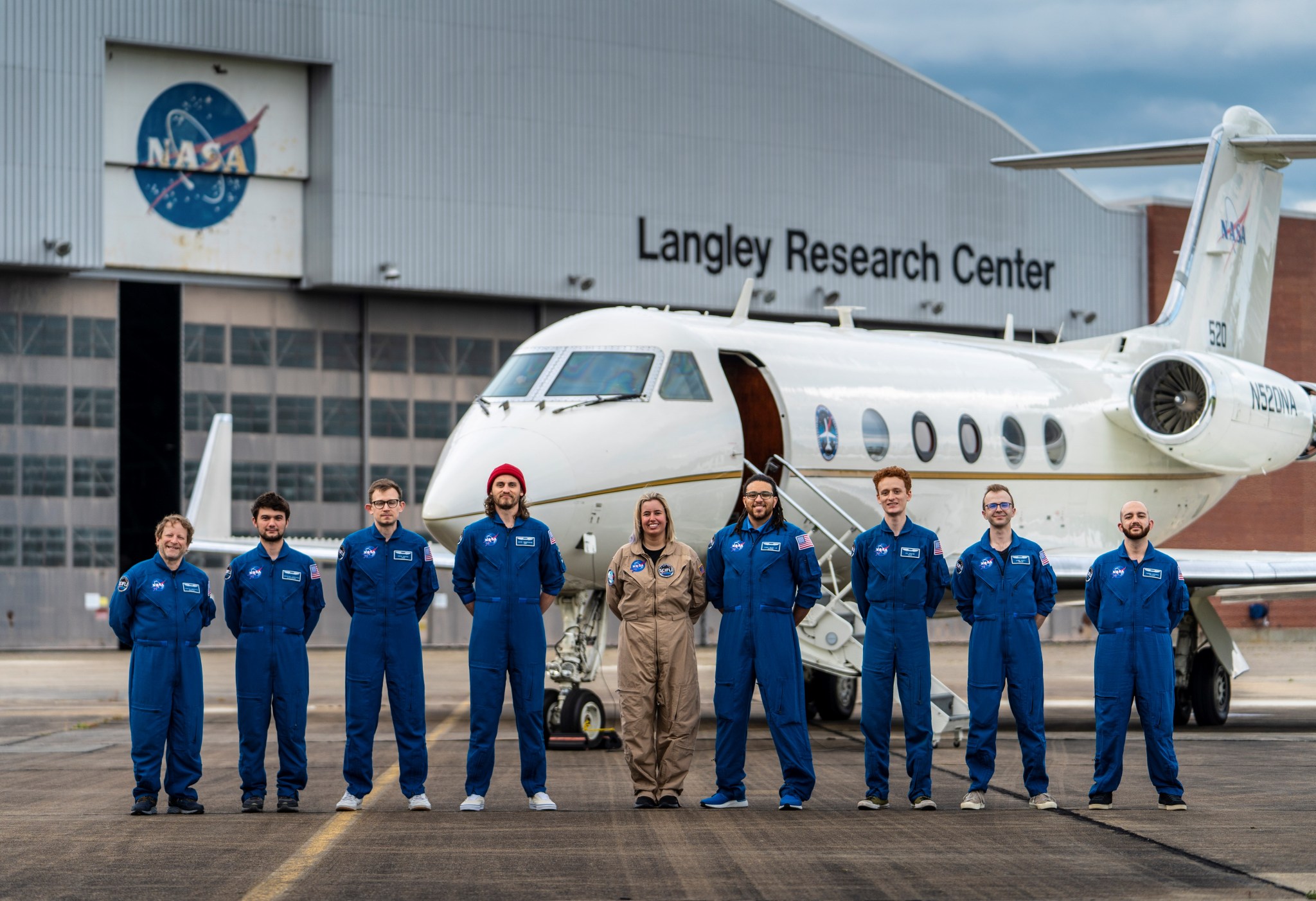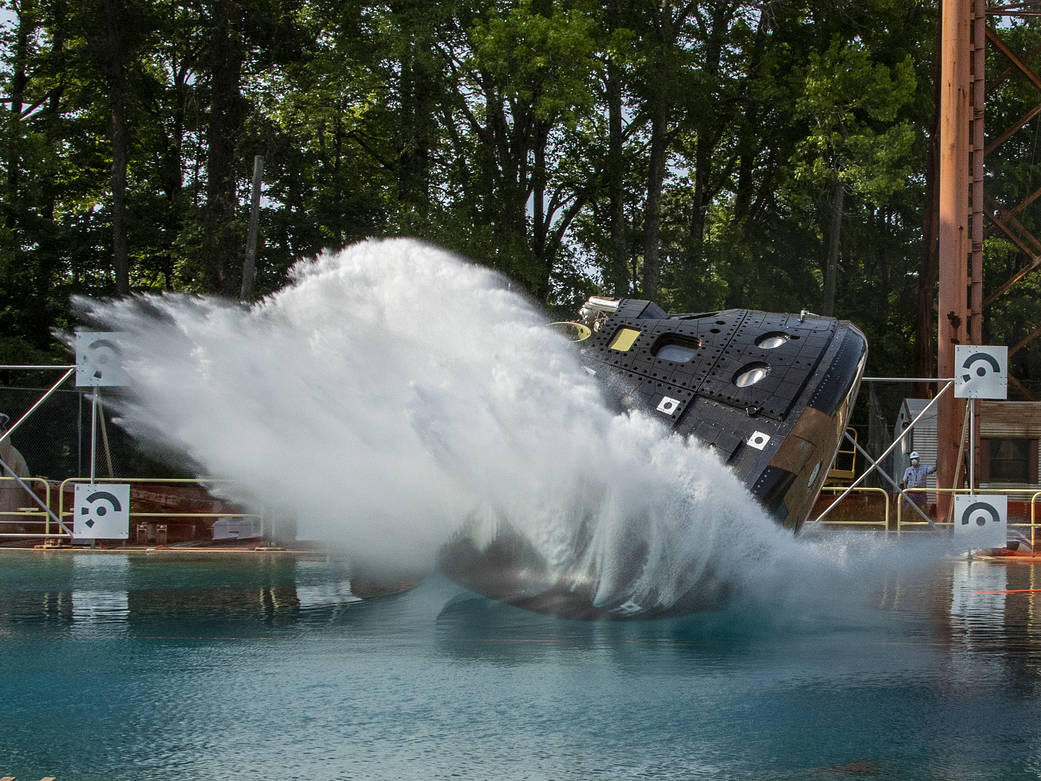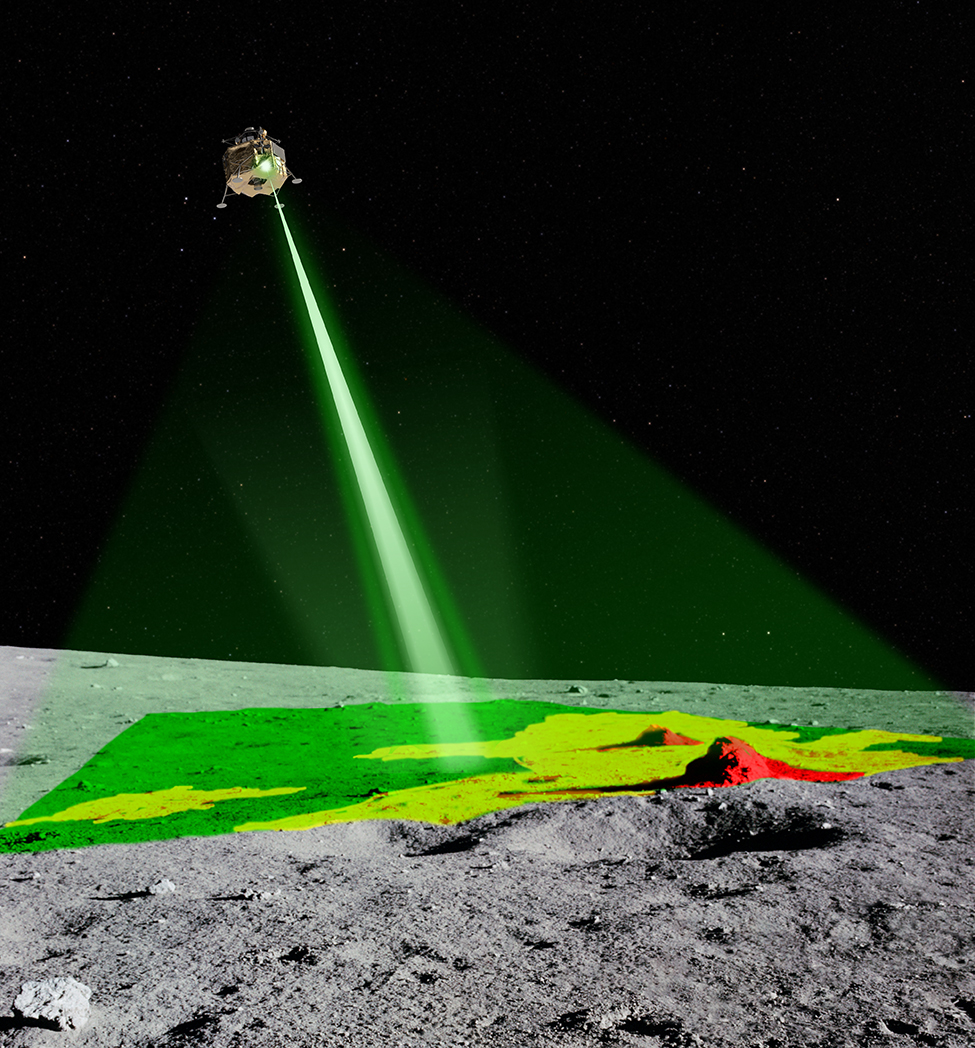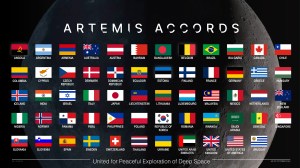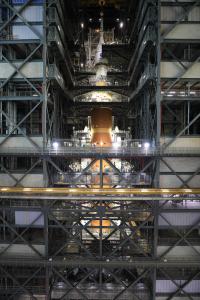In 2022, NASA successfully launched Artemis 1, an uncrewed flight around the Moon and the first in a series of increasingly complex missions that will enable human exploration at the Moon and future missions to Mars. On upcoming Artemis missions, NASA is committed to landing American astronauts on the Moon again, including the first woman and first person of color. Through the Artemis lunar exploration program, we will use innovative new technologies and systems to explore more of the Moon than ever before.
We are collaborating with commercial and international partners to establish sustainable missions. We’ll use what we learn on and around the Moon to take the next giant leap – sending astronauts to Mars.
From the beginning, NASA’s Langley Research Center in Hampton, Virginia, has had a key role in Artemis. We are shaping Artemis mission architecture, refining spacecraft exit and entry aerodynamics, building safety systems for astronauts, crafting electronics for instrumentation, programming robotics for in-space assembly, and developing business approaches for space commerce.
Mission Architecture
Once NASA has set its sights on an extraterrestrial destination, there are a lot of logistics to plan. The space architects who work at Langley develop solutions to the many challenges faced in planning complex missions like the Artemis program. Researchers and engineers design and analyze new concepts and systems within the mission to determine the best overall mission outcomes.
Orion Launch Abort System
NASA is always concerned with the safety of its astronauts. Sitting high atop the SLS stack is the Launch Abort System (LAS) that is designed to safely propel the Orion crew module away from the SLS in the event of an emergency. In mere milliseconds the LAS can activate to thrust the almost 24,000-pound spacecraft away from the rocket at a much higher velocity than the rocket itself can move. NASA Langley manages development of the LAS, and delivered more than 90 tons of custom hardware, including the primary structure of the Orion crew module, for the successful LAS flight test, Ascent Abort 2. During the return of Artemis 1, LAS could be seen safely and successfully jettisoning away from the Orion spacecraft.
Space Launch System
The Space Launch System (SLS) will be the largest, most powerful rocket ever made. It will expand human presence to deep space destinations beyond low-Earth orbit and throughout the solar system. After initial uncrewed test-flights the SLS will embark on the planned crewed lunar flights of the Artemis program and then onward to Mars. In NASA Langley’s 14-by-22-foot subsonic wind tunnel, researchers are able to measure the influence of ground winds on the structures at the launch pad that might impact the SLS rocket. Progressing into transonic and supersonic wind tunnels, engineers are able to measure the forces and loads this air exerts on the launch vehicle during every phase of the SLS’s ascent—and even while it’s sitting on the pad, waiting to launch.
Autonomous On-Orbit Servicing, Assembly and Manufacturing
NASA Langley researchers are developing concepts for safe and reliable autonomous systems to supplement human operations, including mechanisms that can maneuver, assemble, and service structures on the Moon and on Mars. To enable safe and efficient construction, an autonomous robotic multi-tool will be necessary to handle a multitude of tasks. Researchers at Langley are developing the Lightweight Surface Manipulation System (LSMS) for lunar and Martian applications, as well as benefits here on Earth. Comprised of a stiff triangular frame, the LSMS mimics the movement of a human torso with three degrees of freedom but with much longer reach needed for leverage. Its toolbox will allow for configurations to act as a hoist, forklift, regolith scoop and welder. Researchers are also developing a Tall Lunar Tower (TLT) that will enable the collection of solar energy to generate power on the Moon.
Radiation Protection
A critical safety factor for astronauts venturing outside of Earth’s protective atmosphere is space radiation. NASA Langley is investigating radiation protection to better understand crew health and safety in space. Researchers are building prototype designs for habitats and designing a multifunctional space radiation garment that can be donned by astronauts during a solar radiation storm. The garment will also be used to augment vehicle shielding when it is not being worn. The goal is to make it one-size-fits-all (or most) so that it can be flown ahead of time and worn by every crew member.
Flight Data Analysis
The Scientifically Calibrated In-Flight Imagery (SCIFLI) team is dedicated to providing state-of-the-art hyperspectral imaging, calibrated thermal imaging, and high-resolution high-speed imaging of aerospace assets during flight. The collection of these engineering datasets allows researchers to better understand the behavior of vehicles under extreme conditions such as the launch of SLS and the atmospheric re-entry of the Orion space capsule. The team captured calibrated thermal measurements of SLS ascent during Artemis 1, and obtained high-resolution video of engine combustion dynamics during liftoff and through booster separation. Upon the Orion capsule’s return from cislunar space, the team collected thermal data on the Orion capsule during atmospheric entry and descent, including imagery of the parachute deployment systems, to enhance our understanding of crewed landing systems. The SCIFLI team aims to support the upcoming Artemis 2 mission by collecting calibrated thermal data of the Orion crew capsule during its entry, descent, and landing. The team is also collaborating with future Artemis commercial partners, SpaceX and Blue Origin, to image their new launch vehicles, Starship and New Glenn, respectively. The data collected on these new launch vehicles will inform the design of these heavy lift rockets responsible for delivering the lunar landers to orbit and then the Artemis crew and cargo safely to and from the Moon’s surface.
Orion Water Impact Testing
NASA Langley conducted a series of water drop tests with an 18,000-pound mockup of the Orion spacecraft – which was built by Langley’s fabrication shop – at its unique Hydro Impact Basin facility. The testing, which began in July 2011, simulated different water landing scenarios, and considered different velocities, parachute deployments, entry angles, sea states and wind conditions. Onboard were instrumented crash test dummies that helped engineers understand what the spacecraft and astronauts may experience when landing in the Pacific Ocean after reentry.
Descent and Landing
Researchers at Langley have developed an ultra-precise landing system, Navigation Doppler Lidar (NDL), to help robotic and crewed vehicles touch down safely and accurately on the Moon, Mars and beyond. NDL transmits three laser beams toward the ground to measure altitude and velocity of the vehicle. Those measurements are key for precision navigation to the landing location and executing a well-controlled soft landing. NDL begins operating from several miles above the ground when the spacecraft is still traveling at a velocity more than 1000 mph. Using laser beams, as opposed to radio waves used by radars, NDL can provide much higher precision measurements in a compact package significantly smaller than radars.
In addition to NDL, researchers are preparing the Stereo Cameras for Lunar Plume Surface Studies (SCALPSS) project for flight on board a commercial lunar lander. SCALPSS will capture stereo images from the time of exhaust plume impingement – when the regolith, or rocky material covering bedrock, is disturbed on the lunar surface by the engine exhaust plume – through touchdown and after engine shutoff. The analysis of any plume crater formation will help engineers design landing software for future missions and give them a better sense of the regolith’s properties. This will be critical for future lunar and Mars lander vehicle designs.























